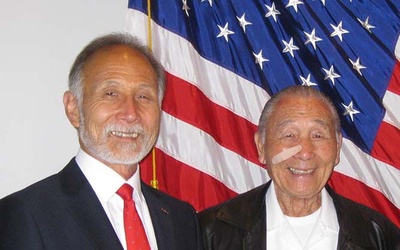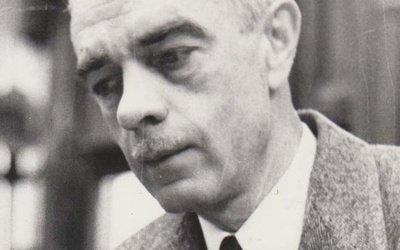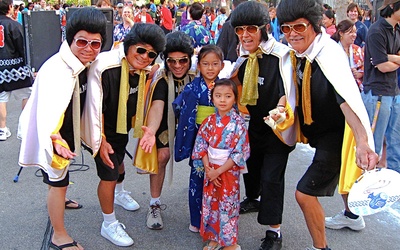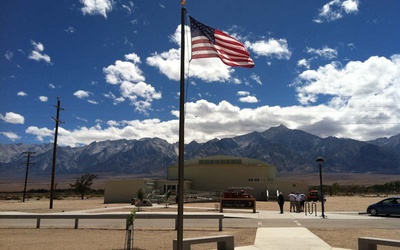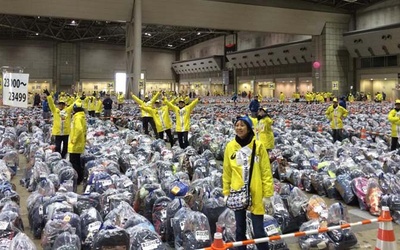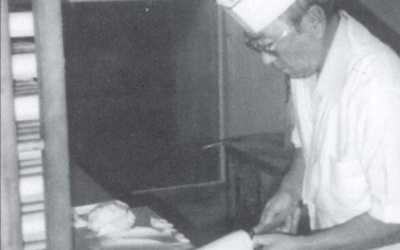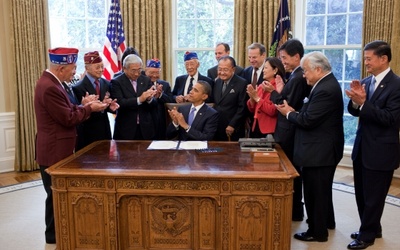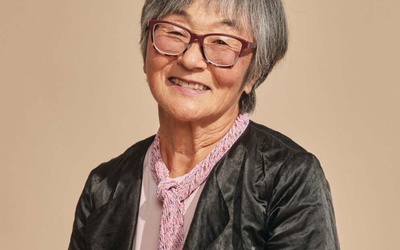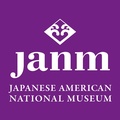
Sharon Yamato
@Sharony360Sharon Yamato is a writer and filmmaker in Los Angeles who has produced and directed several films on the Japanese American incarceration, including Out of Infamy, A Flicker in Eternity, and Moving Walls, for which she wrote a book by the same title. She served as creative consultant on A Life in Pieces, an award-winning virtual reality project, and is currently working on a documentary on attorney and civil rights leader Wayne M. Collins. As a writer, she co-wrote Jive Bomber: A Sentimental Journey, a memoir of Japanese American National Museum founder Bruce T. Kaji, has written articles for the Los Angeles Times, and is currently a columnist for The Rafu Shimpo. She has served as a consultant for the Japanese American National Museum, Go For Broke National Education Center, and has conducted oral history interviews for Densho in Seattle. She graduated from UCLA with bachelor’s and master’s degrees in English.
Updated March 2023
Stories from This Author
Emerging from the Shadow of a Hero: A Veteran’s Son Talks About His Own War Experience
Nov. 11, 2014 • Sharon Yamato
As the sun peeked out on a slightly overcast summer’s day, a few WWII veterans gathered with a crowd of friends and families on the occasion of the 15th Anniversary of the Go For Broke Monument in the heart of Little Tokyo. Mostly in their 90s, the white-haired men carried canes and walked slowly. Seeming slightly weary from the attention they had been receiving from the Congressional Gold Medal, they’ve always been known to us as humble men who were …
Carrying the Torch: Wayne Collins Jr. on His Father’s Defense of the Renunciants
Oct. 21, 2014 • Sharon Yamato
The inscription on the front page of Michi Nishiura Weglyn’s landmark book, Years of Infamy: The Untold Story of America’s Concentration Camps, reads: “Dedicated to Wayne M. Collins Who Did More to Correct a Democracy’s Mistake Than Any Other One Person.” At a time when people barely knew Colllins’ name, Nisei historian Weglyn called attention to the attorney responsible for almost singlehandedly fighting deportation and restoring citizenship to more than 5,000 Americans of Japanese ancestry who had renounced their U.S. …
The Happy Power of Obon
Aug. 21, 2014 • Sharon Yamato
Obon season is a time when communities gather together to celebrate life and death through food and dance. Like the beat of the taiko drum, Obons gather energy through movement, and they move with joyful rhythms all their own. Warm summer days and nights give way to one or two Obon festivals every weekend from July through mid-August—with the list growing every year. Although it’s a Buddhist tradition that started in Japan, it has a particularly Japanese American flavor as …
What It Means to Go On a Camp Pilgrimage
July 28, 2014 • Sharon Yamato
pil•grim•age noun: pilgrimage; plural noun: pilgrimages 1. a pilgrim’s journey. 2. Synonyms: religious journey, religious expedition, haji, crusade, mission, “an annual pilgrimage to the Holy City” 3. a journey to a place associated with someone or something well known or respected “making a pilgrimage to the famous racing circuit” 4. life viewed as a journey “life’s pilgrimage” The dictionary definition of pilgrimage refers to a journey taken for religious purpose, or at the very least to some place “respected.” Perhaps literature’s …
Stranger in a Strange Land: A Sansei’s First Trip to Japan
June 17, 2014 • Sharon Yamato
I’d never felt a passionate connection to the country of my ancestors. I blamed it on the war: postwar America saw Issei and Nisei trying to get over being labeled the “enemy,” and we Sansei children were faced with a curious dilemma in many ways initiated by our parents—how much did we identify with our grandparents’ Japanese culture and how much did we mold ourselves into assimilated Americans? With Japan still reeling from its stereotypical image as an “inscrutable” and …
Kawana’s Kamaboko Kingdom
April 29, 2014 • Sharon Yamato
One thing was clear to businessman Frank Kawana when he took over his father’s Little Tokyo kamaboko business in 1955: people were not clamoring for fishcake. Quite the opposite—once a Japanese American staple, kamaboko sales were declining in the U.S. Like his father Otoichi Kawana, Frank somehow could not abandon what he secretly hated as a “smelly business.” At his mother Kume’s pleading, he reluctantly joined the family enterprise. While working to keep the company alive, he did something few …
Through the Fire: One Soldier’s Story
Nov. 9, 2011 • Sharon Yamato
With the Congressional Gold Medal ceremony held last week honoring the 100th Infantry, 442nd RCT and MIS in Washington, D.C., it seems appropriate to take a moment to pause and remember all those who are not here to share in the celebration. Besides the many that have died in the years since the war, I am specifically referring to those killed in action. It has been rightly said that those brave men who risked their lives fighting for the country …
A Historic Time for Our Community: Celebrating The Congressional Gold Medal
Nov. 2, 2011 • Sharon Yamato
On a rainy Washington DC day in July 1946, President Harry S. Truman presented the Presidential Unit Citation to members of the segregated 100th Infantry Battalion/442nd Regimental Combat Team with the words, “You fought not only the enemy, but you fought prejudice, and you have won.” Now more than 65 years later, in a ceremony on November 2, 2011, Congress will award its highest civilian honor to these same brave men by granting the Congressional Gold Medal, collectively, to the …
Getting to Know Michi Nishiura Weglyn
Oct. 18, 2010 • Sharon Yamato
Like it was yesterday, I remember the first time I picked up and started to read Michi Nishiura Weglyn’s Years of Infamy: The Untold Story of America’s Concentration Camps. My now-faded, coffee-stained, first-edition William Morrow copy is dated 1976, so I must have gotten it shortly after it came out. After reading the first several chapters that gave a moment-by-moment description of the events leading up to the decision to incarcerate and Roosevelt’s EO 9066, I was dumbfounded. Never before …
Through the Fire: Sharing Redress Stories
April 1, 2008 • Sharon Yamato
The following article was written in response to The Community Day of Remembrance, an annual public program held at the Japanese American National Museum on February 16, 2008 to mark President Roosevelt's signing of Executive Order 9066 on February 19, 1942, that authorized the unconstitutional forced removal of 120,000 Japanese Americans from the West Coast and Hawai`i during World War II. This year's program recognized the grassroots activism starting with Japanese Americans testifying at government-sanctioned hearings in 1981, through letter …

